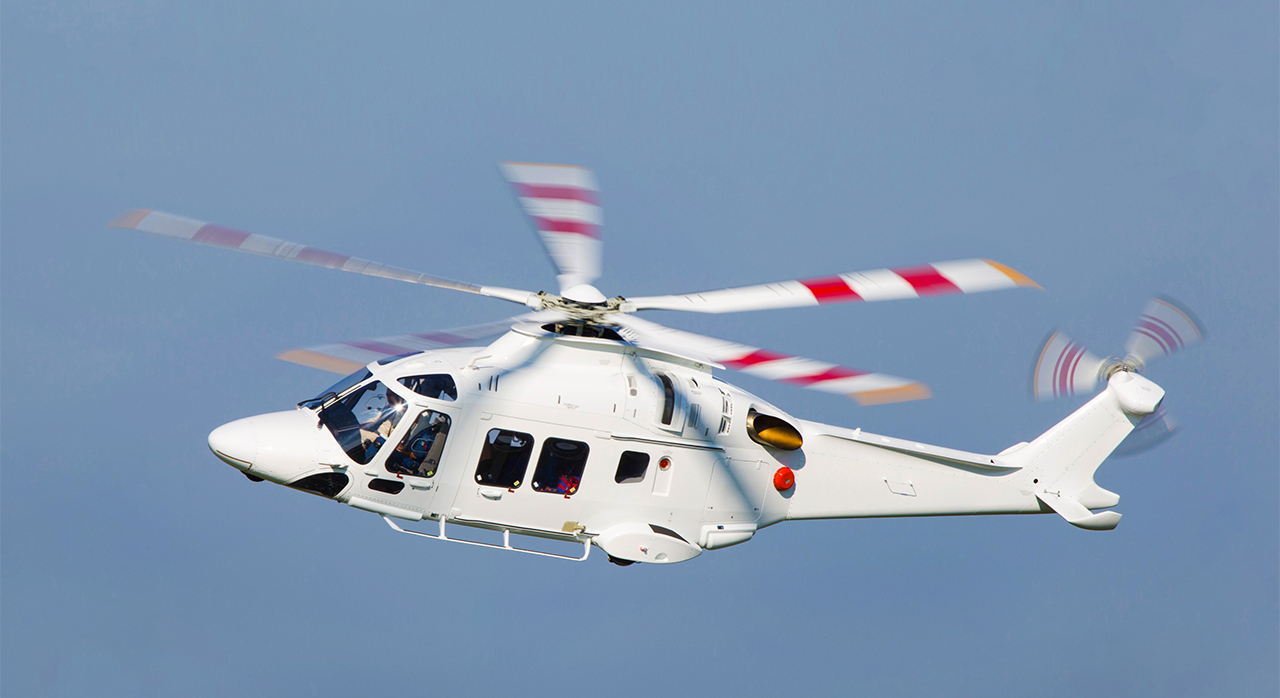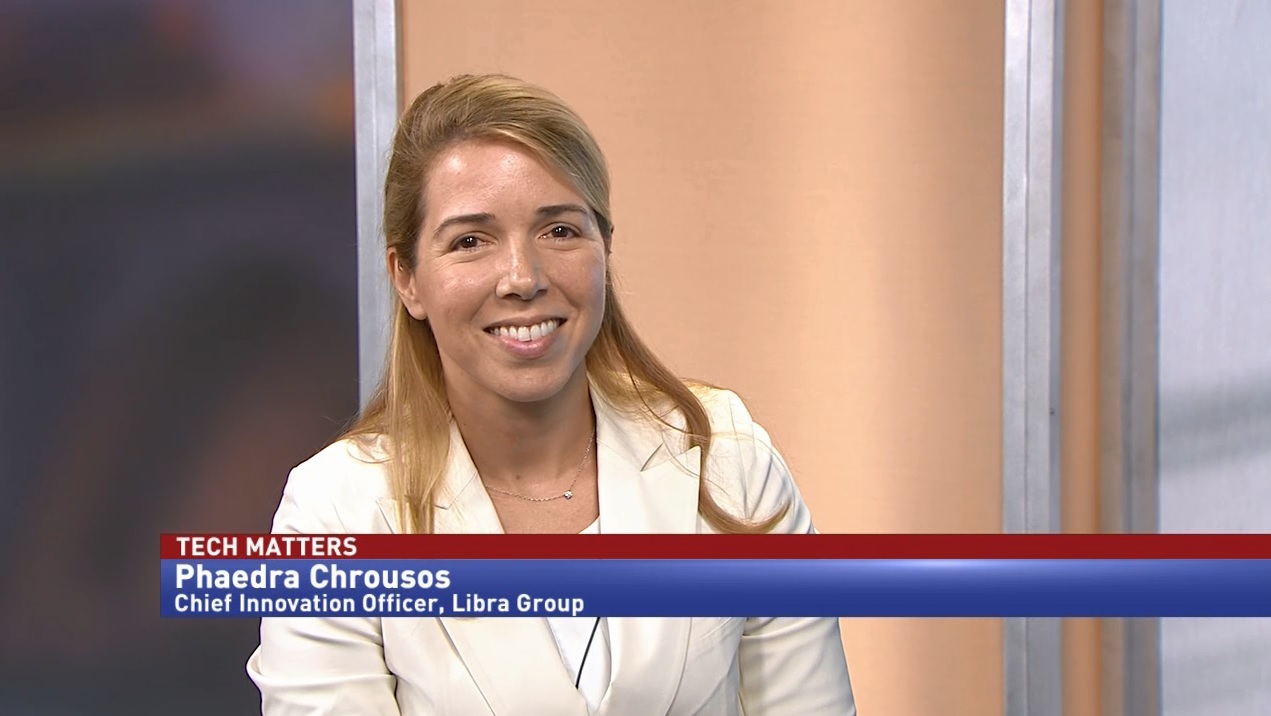INSIGHT: “Aircraft Leasing – Efficient Risk Management” – by Nigel Leishman

Aircraft Leasing – Efficient Risk Management, by Nigel Leishman, Executive Vice President, LCI
Since its foundation in 2004, LCI’s highly experienced and well-connected management team has worked closely with aircraft and engine manufacturers and with major financial institutions. It has acquired a reputation for effectively managing risk for fixed and rotary wing aircraft operators through the provision of agile and innovative aircraft leasing services.
The operating leases facilitated by LCI on state-of-the-art aircraft and helicopters provide a wide range of benefits, enabling operators to avoid capital-intensive purchases of new aircraft, and manage their costs more efficiently through this source of asset financing.
Operating leases are not only a more efficient means of preserving capital, they also enable aircraft operators to effectively manage their risk.
Balance sheet advantage
An operating lease moves a large part of the residual value risk of an aircraft from the operator to the lessor, the latter of whom is better placed to manage this asset as part of a much larger portfolio. Lessors have large customer bases and are in constant contact with operators around the world with in-depth knowledge of who needs what equipment at any given time. This in-depth knowledge enables lessors to efficiently move the aircraft to another operator or region as needed. Additionally, lessors may use their experience to take a more aggressive and higher view on the residual value than an operator might if they financed the aircraft themselves, thereby reducing an operator’s overall costs for the portion of the aircraft’s life used by the operator.
The recent downturn in the oil and gas market left many operators with surplus aircraft, and any operator with surplus equipment knows what a financial drag it is to maintain and insure equipment which is not earning revenue. During a downturn, operators will have a very difficult time reducing their fleet by selling excess equipment and the prices they could obtain for the excess equipment generally will not be satisfactory. Having aircraft on relatively short-term operating leases allows operators to simply meet the return conditions and hand the aircraft back to the lessor upon lease termination, thereby mitigating against these risks.
No ‘up front’ costs
Operating leases also provide other ways to reduce financial risk to operators. The ‘up front’ costs in an operating lease are limited to a security deposit and one month’s aircraft rental with no form of pre-delivery deposit required, a lower outlay than the down payment required in a finance lease, and considerably less than the equity outlay required in the case of an outright purchase.
Removing currency and interest rate risk
Lessors will often work with banking partners to fix the monthly rental rates which are often in US Dollars or Euros, but in some cases may be offered in the operator’s local currency, thereby removing the risk of adverse exchange rate movements.
Over and above this, lessors such as LCI can forward fix these rentals up to 18 months or more before the delivery of the aircraft and commencement of the contract to avoid adverse movements in exchange rates. As helicopters are often purchased in Euros (for Airbus Helicopters and Leonardo), but lenders rely upon their value which is appraised in US Dollars, this frees operators from the need to hedge against exchange rate risk in both Euros and US Dollars.
The same concept applies for interest rates. LCI fixes the rate at the time of delivery to provide fixed monthly rentals, thereby reducing the exposure for operators to fluctuations in interest rates over the period of any long-term contracts.
Value-added
As residual values reflect the future demand for a particular aircraft type, these values can vary considerably making a lessor’s aircraft choice critical to its success. One of the reasons LCI invests in new generation helicopters such as the Leonardo AW169 is that we believe that these designs will continue to have a strong market demand long into the future. Whilst there are older, less expensive aircraft available, they are no longer state-of-the-art and the fact that they may well have lower residual values in future means their monthly lease costs may actually be higher than more expensive helicopters. By leasing the latest technology aircraft which have strong residual values, operators can often benefit from leasing newer, more capable and better-performing helicopters at a lower cost.
New generation helicopters
Lessors like LCI can also help manage technical risk as they often have greater experience with new aircraft types than the operators who lease them. LCI has specialised in new generation helicopters such as AW139, AW189 AW169 and H175, and to date has taken delivery of more than 40 new helicopters, giving it huge experience and expertise in managing the aircraft acceptance process. LCI works closely with operators and manufacturers to develop the aircraft configurations and specifications, and can also work with third-party suppliers to customise the aircraft’s fit-out after it is delivered.
Flexibly, globally available
Having a fleet of significant size enables lessors to not only offer helicopters for lease at points across the globe, but to do so at varying lease terms that match an operator’s contractual needs, and terms that can be extended as necessary to remained aligned with those needs.
Cost-effective maintenance
Most new technology helicopters are supported by the manufacturer’s cost-effective power-by-the-hour programmes (PBH) which cover airframe, avionics and engine and provide an hourly fixed cost covering spares and maintenance. LCI has already negotiated these PBH agreements and in the event, operators do not already have their own programs, LCI can make them available to operators, ensuring their maintenance requirements and cost risk is efficiently handled.
Customer-focused solutions
LCI works closely with customers from the early stage of identifying a potential aircraft requirement through to delivery and in-service operation. This partnership-based approach ensures that LCI can not only provide an aircraft that is tailored to the operator’s needs but does so in a way that manages their risk effectively.

 LCI orders nine helicopters as it takes delivery of a record six units in a month
LCI orders nine helicopters as it takes delivery of a record six units in a month  LCI to Lease three AW169s to Airlift
LCI to Lease three AW169s to Airlift  INSIGHT: Bringing innovation into government
INSIGHT: Bringing innovation into government